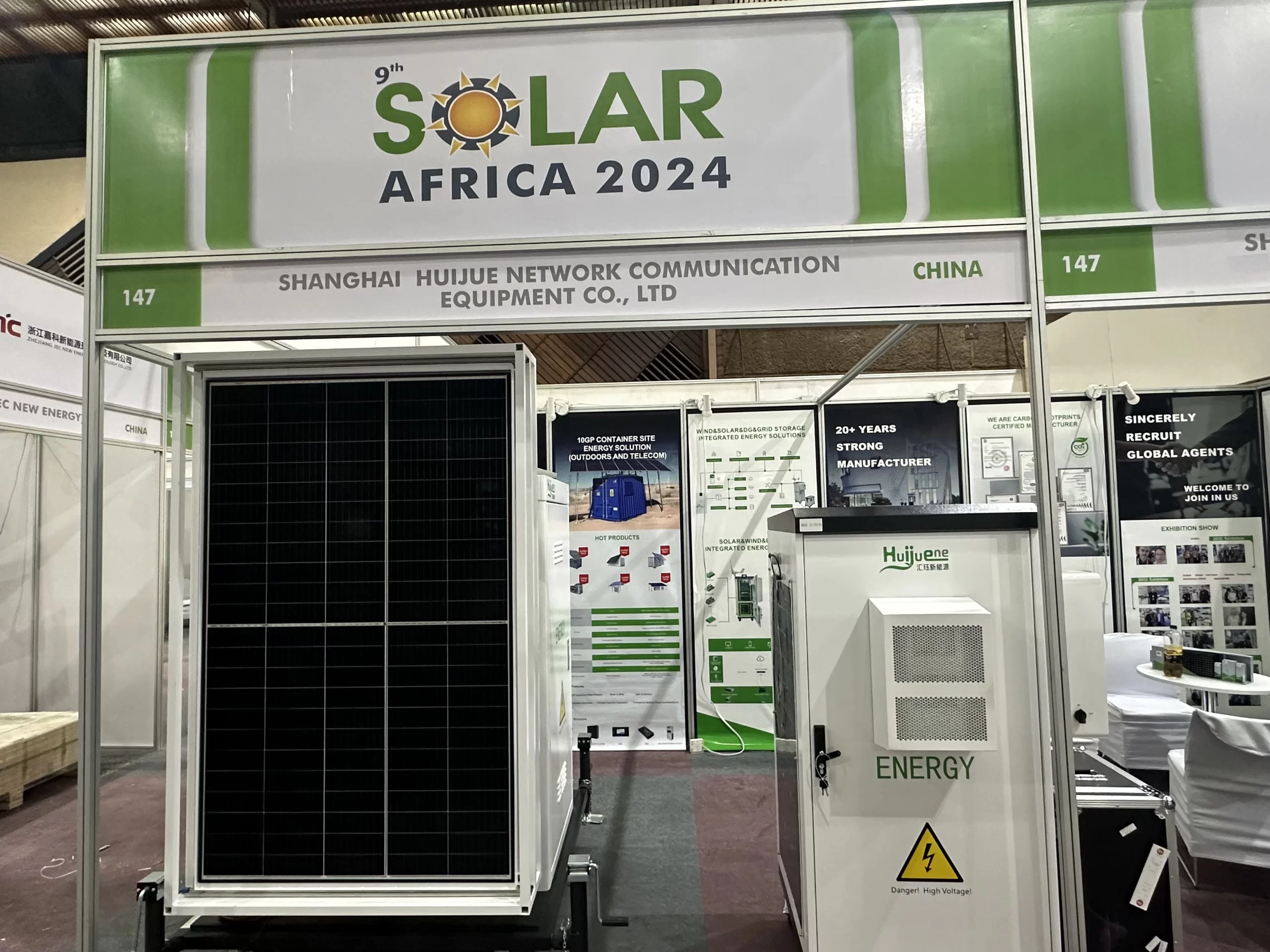In-Depth Analysis of the Technical Specifications of Liquid-Cooled Energy Storage Cabinet Battery Enclosures
In today’s energy storage sector, liquid-cooled energy storage cabinets have become increasingly popular due to their efficient heat dissipation and stable operation. As a crucial component of these cabinets, the technical specifications of the battery enclosures directly impact the system’s safety, performance, and lifespan. Today, let’s delve into the key aspects of the technical specifications of liquid-cooled energy storage cabinet battery enclosures.

1. Material Selection
The choice of materials for the battery enclosure of a liquid-cooled energy storage cabinet is critical. High-quality materials must not only have high strength to withstand various external forces and pressures but also excellent corrosion resistance to resist harsh environments. Common materials such as aluminum alloys and stainless steel are preferred for their superior mechanical properties and corrosion resistance. Aluminum alloys offer light weight and good thermal conductivity, improving heat dissipation efficiency, while stainless steel excels in corrosion resistance, maintaining the enclosure’s integrity over time.
2. Protection Rating
The protection rating is an essential indicator of the battery enclosure’s protective capabilities. Typically, the protection rating for liquid-cooled energy storage cabinet battery enclosures should reach IP54 or higher. This means it can effectively prevent dust ingress (level 5 protection) and withstand splashing water from any direction without harmful effects (level 4 protection). Such a high protection rating ensures the battery operates stably in various complex environments, free from external dust and moisture interference, reducing the risk of failures.
3. Size and Shape Design
The design of the size and shape needs to perfectly match the layout of the battery modules inside the liquid-cooled energy storage cabinet. Consideration of the number of batteries, arrangement, and routing of connection lines is necessary to achieve efficient space utilization. Additionally, to facilitate installation and maintenance, the shape of the enclosure should be as simple and smooth as possible, avoiding excessive edges and complex structures. Reasonable size and shape design can not only improve the overall compactness of the energy storage cabinet but also provide convenience for subsequent operations and maintenance.
4. Thermal Conductivity
Due to the presence of the liquid cooling system, good thermal conductivity is one of the key characteristics of the battery enclosure. The enclosure needs to quickly transfer the heat generated by the battery to the coolant to maintain the battery operating within an appropriate temperature range. This requires the enclosure material to have a high thermal conductivity and for the structure to be in close contact with the liquid cooling pipes to reduce thermal resistance. Optimized thermal conductivity design can significantly improve the heat dissipation efficiency of the energy storage system, extend battery life, and enhance system performance.
5. Sealing Performance
Sealing performance is crucial for the battery enclosure of a liquid-cooled energy storage cabinet. The enclosure must be tightly sealed to prevent coolant leakage. Any minor leakage could lead to system failure or even safety accidents. Moreover, good sealing can prevent external moisture from entering the enclosure, avoiding battery dampness that could affect its performance and reliability. Using high-quality sealing materials and precise manufacturing processes is key to ensuring sealing performance.
6. Shock Resistance
In practical applications, liquid-cooled energy storage cabinets may face various vibrations and impacts, such as bumps during transportation or vibrations during equipment operation. Therefore, the battery enclosure needs excellent shock resistance to ensure the battery is not damaged under these conditions. Structural optimization and the addition of reinforcing ribs can increase the enclosure’s rigidity and strength, enabling it to withstand certain levels of vibrations and impacts, ensuring stable operation of the energy storage system.
7. Installation Interface Design
A reasonable installation interface design is vital for the installation and maintenance of the battery enclosure of a liquid-cooled energy storage cabinet. The interfaces should have good universality and compatibility, allowing easy connection with other parts of the energy storage cabinet. Additionally, to facilitate installation and removal, the positions and forms of the interfaces should be carefully designed to avoid complexity and difficulty during operation. The installation interfaces should also have sufficient strength and stability to ensure they do not loosen or fail during long-term use.
8. Surface Treatment
Surface treatment processes are essential to enhance the corrosion resistance and aesthetic appeal of the battery enclosure. Common surface treatment methods include painting and anodizing. Painting can form a protective film on the enclosure surface, effectively preventing corrosion and oxidation; anodizing can increase the surface hardness and wear resistance while providing a more attractive appearance. Carefully chosen surface treatment processes can extend the enclosure’s lifespan and improve the overall quality of the product.
In summary, the technical specifications of liquid-cooled energy storage cabinet battery enclosures cover multiple aspects, including material, protection rating, size and shape, thermal conductivity, sealing performance, shock resistance, installation interface design, and surface treatment. Achieving high standards in these key areas is essential to ensure the safe and efficient operation of liquid-cooled energy storage cabinets, providing a solid guarantee for the development of the energy storage sector.
